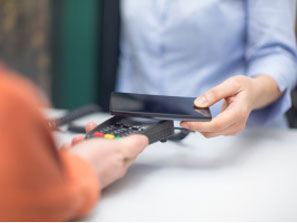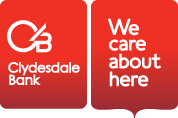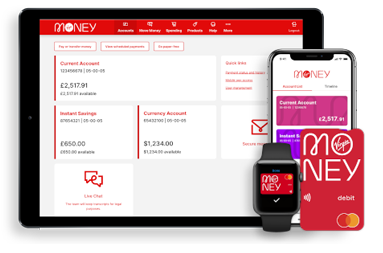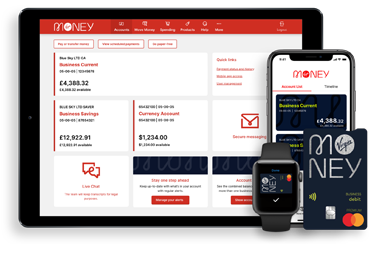Why you need to offer multiple payment options
< back to all business news articles
12/06/2017
Whether you’re running a retail or a service-based business, your customers will expect to be offered a range of payment options. So when you set up your banking accounts, take some time to get familiar with the different payment solutions your bank has to offer.

For instance, most retail businesses will offer debit and credit card options, as well as the means to pay with cash. If your business is selling its products online, then online banking, credit cards and third party payment options like PayPal should also be included.
Until recently, invoicing and cheques were how most service-based businesses were paid, but payment technology has moved with the times. For example, if you provide a gardening service, you could use mobile credit card technology, or give your customers the option of transferring the payment to your account online. Most customers actually want to pay on the spot for a job well done.
It also means the customer has been given an option to pay the way they prefer. Anything you can do to improve your customer experience means they're more likely to come back – and to tell their friends about you.
Improve your cash flow
Cash flow is the lifeblood of any business. Without it, you can’t function properly. Up-to-date payment technology means the money’s in your account immediately. More cash running through your business means you’re in a better position to make decisions.
Businesses that rely on invoicing and cheques experience a slow-down on their cash flow cycles, because they’re waiting for payments to be processed. That’s time when there’s not as much money in their account, and time that could be spent growing the business instead of creating and chasing up invoices.
When you’re setting up your payment options with your bank, keep the following in mind:
- Cash – as old fashioned as it may seem, it’s still immediate. And customers like the option of paying with cash, especially for small items. The downside is that keeping a lot of cash on your business premises could make your business a target for thieves.
- Debit cards – quick and simple, the customer swipes their card and the money is transferred instantly from their account to yours. You will have to pay a fee to have the technology installed though and, in most cases, account fees as well.
- Credit cards – these are a great way for your customers to pay, and for you to be paid, but credit cards can be a target for fraud so you’ll need to keep security in mind.
- Online payments – if you accept and make payments online, you’re making the whole process easier on your customers and suppliers. It also opens up the possibility of expanding your sales into an online store. It’s an immediate transfer, but it does mean giving your account number to people.
- Mobile payments – this means customers can pay using their mobile phone. People use their phones for almost everything these days, so many will appreciate the option to use it as a wallet too.
- Invoicing and cheques – many service-based businesses still offer these options, and although it means you don’t see the money in your account straight away, customers might prefer to take advantage of the delay.
Credibility and professionalism
If you can offer your customers multiple options to pay, using the latest technology, you’re positioning yourself as someone who understands the need to be flexible – which can only boost your credibility in the eyes of customers and suppliers.
This blog is not financial advice. The content of the blog is reliable at the time of publishing, but we can’t guarantee it is entirely free from error or omission beyond our knowledge. Links are provided for you to explore, but we have no connection with third party sites or responsibility for their content.
POSTED IN: Payments,2017,Day to Day Banking
SHARE
Related Articles
You can find impartial information and guidance on money matters on the “MoneyHelper” website.
Clydesdale Bank is covered by the Financial Services Compensation Scheme (FSCS), Find out more.


